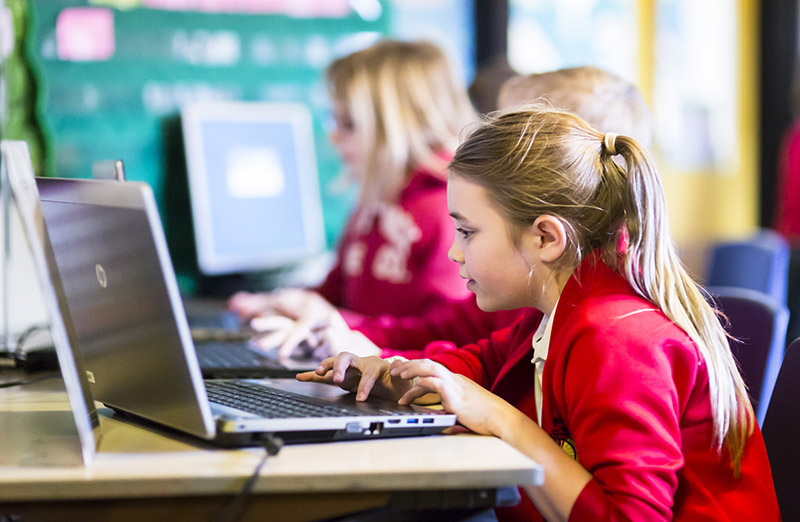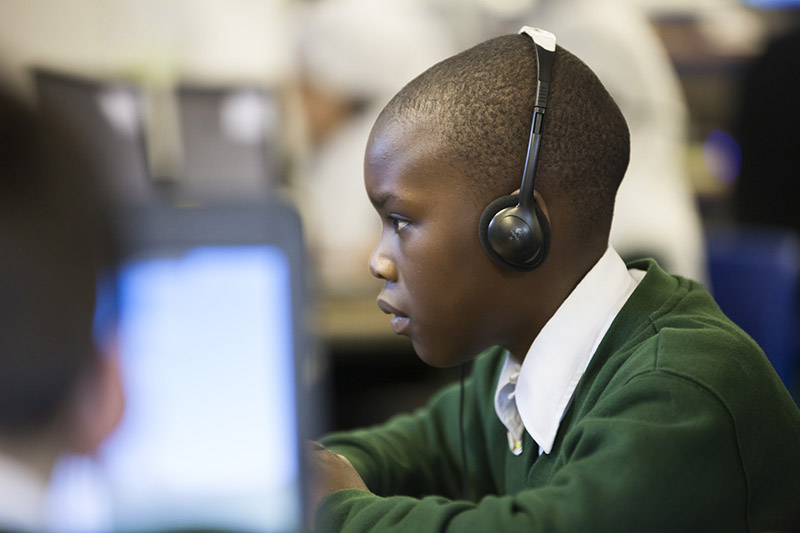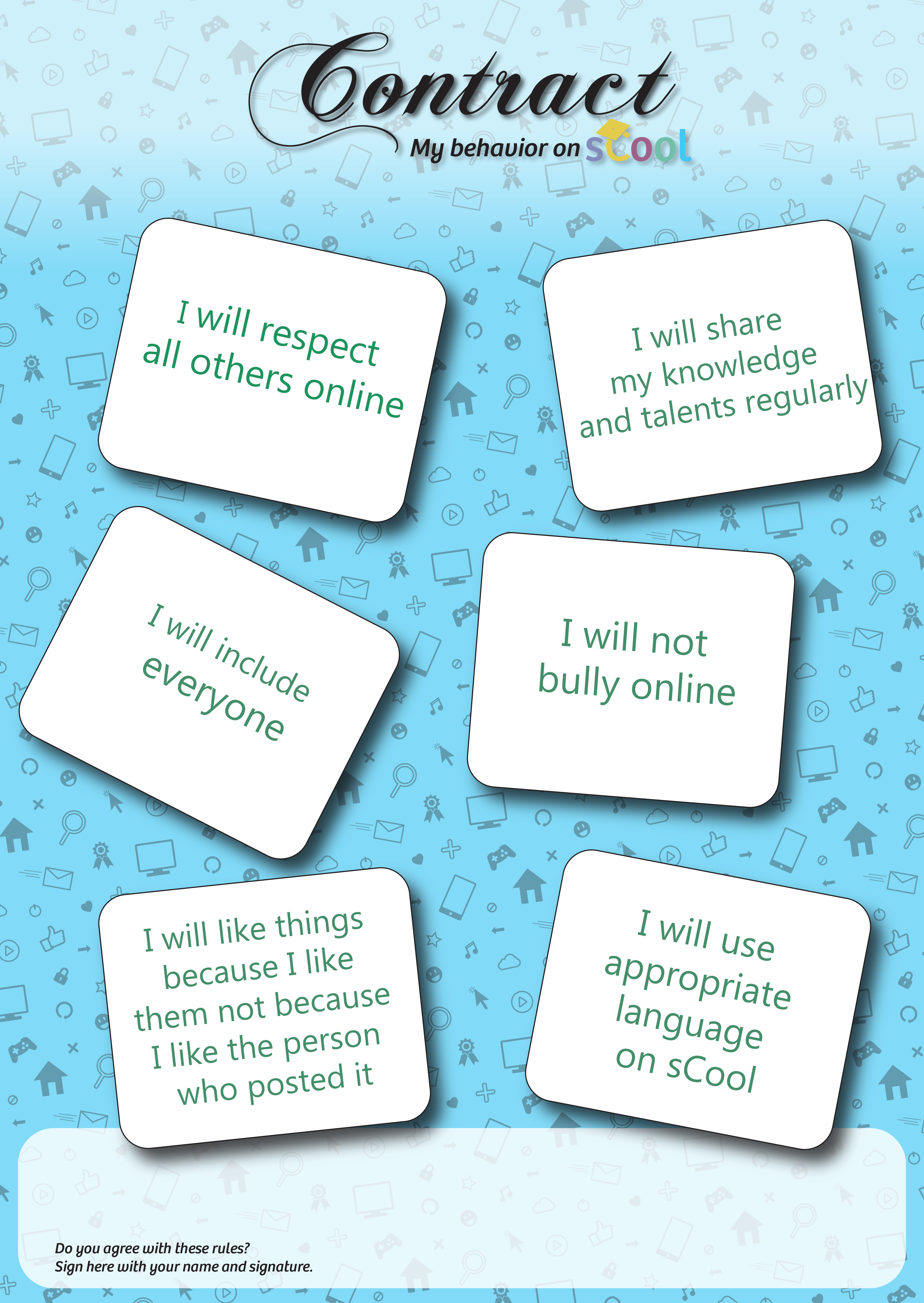Published
on
November 3, 2016
| 2,036 views
| 2 followers
members are following updates on this item.
 The classroom at its best is a place where safe space is held for the children in our care. Safe space in this context does not mean wrapped up in cotton wool and protected from everything. Rather a place where children feel and are safe to take risks, embark on creative adventure and enter into wild excitement on a regular basis. It should be an environment which allows them to ‘be their unique selves’ (A quote from a year 6 pupil in a recent session) It should allow pupils to feel they have a voice in which ever language/medium they prefer to speak. An environment where being introvert does not mean you are not heard and being extrovert allows you opportunities to be on the stage. A space where students are supported when in difficulties and celebrated with when good things happen, and where young people can find their element and live and explore there for a while safely.
The classroom at its best is a place where safe space is held for the children in our care. Safe space in this context does not mean wrapped up in cotton wool and protected from everything. Rather a place where children feel and are safe to take risks, embark on creative adventure and enter into wild excitement on a regular basis. It should be an environment which allows them to ‘be their unique selves’ (A quote from a year 6 pupil in a recent session) It should allow pupils to feel they have a voice in which ever language/medium they prefer to speak. An environment where being introvert does not mean you are not heard and being extrovert allows you opportunities to be on the stage. A space where students are supported when in difficulties and celebrated with when good things happen, and where young people can find their element and live and explore there for a while safely.
As technology has developed, one of the doors that has opened for the educating community is to extend the classroom well beyond the hours of the school day. With the paradigm shift into a hyper connected digitally enhanced world we as teachers have opportunities to store work online for pupils, communicate digitally with parents and the pupils, direct learning from afar by providing links to research papers, videos for learning and information hubs. This all seems a positive step forward but it is easy to fall into the trap of using the new tools at our disposal to just do the same old thing as before just over a longer period of time.
In order for our teaching and learning to change with the world that is rapidly changing we shouldn’t be trying to use technology to enhance the pedagogy of the past, we need to disrupt that pedagogy and realign it with teaching methodology and the tools of the moment.
So what does that mean for extending learning to anytime anywhere learning? It could mean flipping learning! Doing all the research, answering set questions and information gathering in the school day that previously we gave out for homework and allowing activities, videoed lectures, creating digital media and project work to happen out of school hours. It could mean putting children more in charge of their own learning environment; monitoring the conversations, curating the media content, creating their own contracts for behaviour online or even finding their own problems to solve using the skills and information they are learning.
I believe that this kind of disruption  still requires us as teachers to provide the safe space in which learning can happen. But I hear you cry ‘I can’t be there all the time everywhere!’ Very true! (Although how often are we there for Facebook?)
still requires us as teachers to provide the safe space in which learning can happen. But I hear you cry ‘I can’t be there all the time everywhere!’ Very true! (Although how often are we there for Facebook?)
But what we can do is to provide similar social media tools that students are drawn to out of school hours but within the school context and make those safe but accessible anywhere anytime. While doing this we are, perhaps, also setting up an incubator where the collective brain of all the students in the classroom or whole school can work together to spot problems, solve problems, share their knowledge and develop their identity. A place where we can share stimulus, engage in discussion and have a stage for the pupil’s talents however they choose to display them.
Virtual Learning Environments VLE’s had some capabilities to deliver this but were largely designed, unfortunately, to enhance the pedagogy of the past and were not realigned to match with the algorithms and intuitive functionality of our shifted digital world
A project which began in Belgium in 2014 and is now being piloted in a primary school in Middlesbrough seems to be providing an opportunity to move our teaching in line with this paradigm shift. sCool is a platform that provides tools equivalent to other well-known social networks but in a safe space where pupils can practice social literacy, social learning and the skills for effective and appropriate online social interactions.
We do not teach our pupils to ride a bike by putting them straight onto a busy road or to swim by dropping them in the deep end of the pool! We take them to a safe grassy area and keep an eye on them as they develop their balance or to the shallow end of the pool with flotation devices. Similarly sCool is providing that safe space to learn skills for the digital world our pupils have been born into.
The platform encourages pupils to monitor and curate the content of their shared space and provides the teachers with valuable teaching points from the interactions that go on in the space. ‘What pressure do people feel when you ask them to “like this if you…?’ or ‘Did you like something because you thought it was good or because it is your friend who posted it?
and curate the content of their shared space and provides the teachers with valuable teaching points from the interactions that go on in the space. ‘What pressure do people feel when you ask them to “like this if you…?’ or ‘Did you like something because you thought it was good or because it is your friend who posted it?
YR5’s and YR6’s have been inducted into their new digital environment after agreeing on a set of rules to govern their online behaviour. A poster was made of the rules and all pupils have signed it and it is on their wall reminding them of their contract. Wild excitement definitely has been evident with well over 300 posts in the first two days. Each class has a sheriff. One pupil given responsibility to work with the teacher to monitor the posts.
The platform is already being used to facilitate the children blogging and reviewing of books read with Amazon style tools. While it’s planned use for curriculum delivery and special project work will be implemented in stages to allow for seamless integration. We will keep you posted here of how this exciting project develops and bring you feedback from those involved. To finish with here are a few of the early posts we have seen…
“It WasCool”
“This is the best thing ever “
“I'm still sticking with the rules this scool is AMAZING!!!!!!!!!!!!!!!!!!!!!!!!!!!”
Page Options